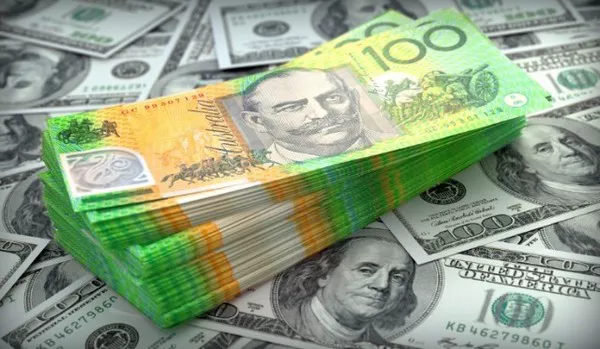The Australian dollar (AUD) and the US dollar (USD) are two of the most widely traded currencies in the world. The exchange rate between these two currencies is influenced by various factors, including economic performance, interest rates, and global events. In this article, we will explore whether the Australian dollar is stronger than the US dollar.
Factors Affecting the AUD/USD Exchange Rate
Economic Factors
Macroeconomic Indicators: Macroeconomic indicators, such as GDP growth, inflation rates, and employment figures, play a crucial role in determining a currency’s strength. A strong Australian economy, characterized by robust GDP growth and low unemployment rates, can contribute to a stronger Australian dollar relative to the US dollar.
Interest Rates: Divergent interest rates between Australia and the United States can influence the relative strength of their currencies. Higher interest rates in Australia compared to the US can attract foreign investors seeking better returns, potentially strengthening the Australian dollar.
Commodity Prices and Exports
Commodity Dependency: Australia is a major exporter of commodities such as iron ore, coal, and natural gas. Fluctuations in global commodity prices can impact the strength of the Australian dollar. When commodity prices are high, Australia’s export revenue increases, contributing to a stronger currency.
Trade Relationships: The strength of Australia’s trade relationships, particularly with China, the United States, and other major economies, can influence the value of the Australian dollar. Trade tensions or strong economic ties can affect investor sentiment and impact the relative strength of the currency.
Market Sentiment and Risk Appetite
Risk-On versus Risk-Off Sentiment: Market sentiment and risk appetite can influence the value of currencies. During periods of global economic stability and optimism, investors may seek higher-yielding and riskier assets, potentially strengthening the Australian dollar. Conversely, during times of uncertainty or market turmoil, investors may flock to safe-haven assets like the US dollar, leading to a stronger USD relative to the AUD.
Political Stability: The political stability of a country can affect investor confidence and impact the value of its currency. Australia’s political stability and strong governance contribute to a favorable perception of the Australian dollar, potentially enhancing its strength compared to the US dollar.
Central Bank Policies
Monetary Policy Decisions: The monetary policy decisions of the Reserve Bank of Australia (RBA) and the US Federal Reserve can impact currency valuations. Interest rate adjustments, quantitative easing measures, and forward guidance from these central banks can influence the relative strength of their respective currencies.
Intervention by Central Banks: Central banks may intervene in currency markets to manage the strength of their currencies. Both the RBA and the US Federal Reserve have the ability to intervene in the foreign exchange market, which can affect the AUD-USD exchange rate.
Current State of the AUD/USD Exchange Rate
As of December 27, 2022, the US dollar is strengthening against the Australian dollar. Despite a promising start to 2022, the Australian dollar has since been in a convincing downtrend, losing 8.69% in value against the US dollar this year. Wallet Investor, which states on its website “AUD to USD Forex pair is a not so good long-term (one-year) investment,” has a rosier longer-term outlook, projecting meager Australian dollar strength. For December 2025, it projects a closing rate of 0.689 followed by 0.696 in November 2027, its maximum forecast date.According to Westpac, AUD/USD forecasts for 2023 and beyond are bullish. The Australian banking corporation projects the pair to trade at 0.66 in March 2023 and 0.74 by June 2024. This will depend on the economic outlooks of both economies and how they perform relative to each other. Rates of inflation and monetary policy will also play a role in the future of the AUD/USD exchange rate.
Implications of the AUD/USD Exchange Rate
The AUD/USD exchange rate has significant implications for both the Australian and US economies. A stronger Australian dollar can make Australian exports more expensive, which can hurt the country’s economy. A weaker Australian dollar can make Australian exports more competitive, which can help the country’s economy. A stronger US dollar can make US imports cheaper, which can help the US economy. A weaker US dollar can make US exports more competitive, which can also help the US economy.
Conclusion
The exchange rate between the Australian dollar and the US dollar is influenced by various factors, including economic performance, interest rates, and global events. As of December 27, 2022, the US dollar is strengthening against the Australian dollar. However, AUD/USD forecasts for 2023 and beyond are bullish. The AUD/USD exchange rate has significant implications for both the Australian and US economies. While the future of the AUD/USD exchange rate is uncertain, it is essential to monitor the factors that affect the exchange rate and their implications for the world.
Related Topics:



























